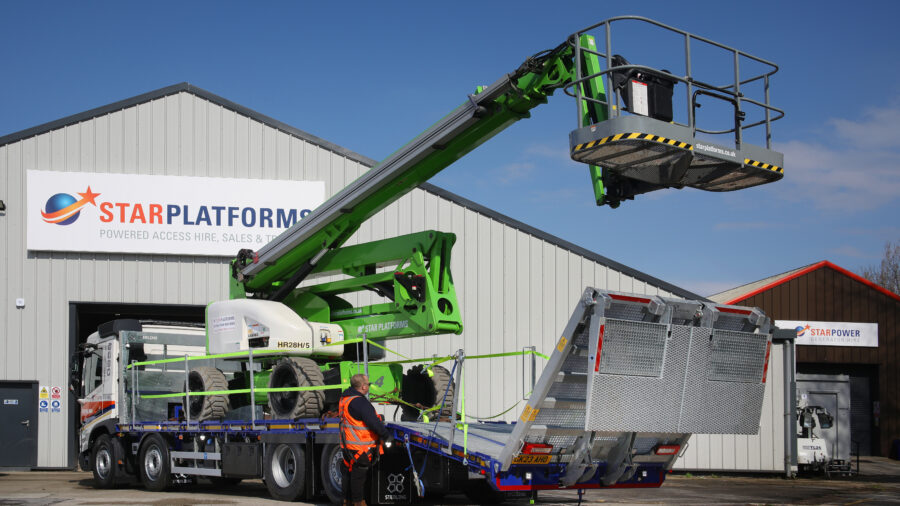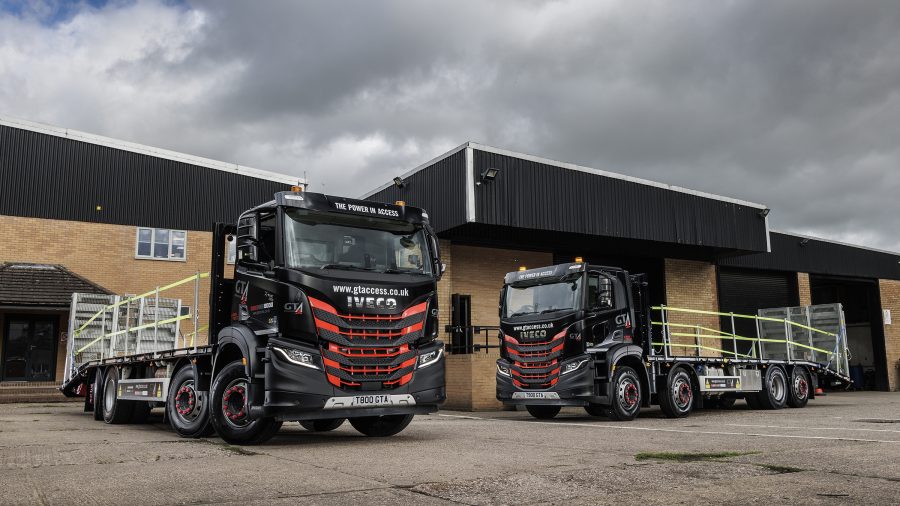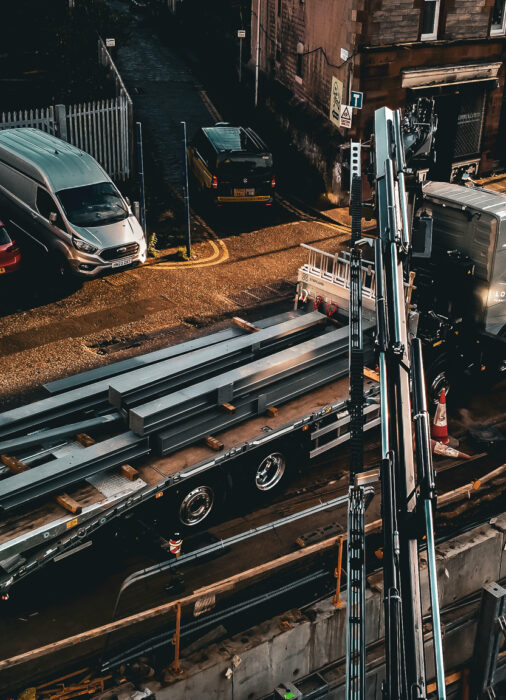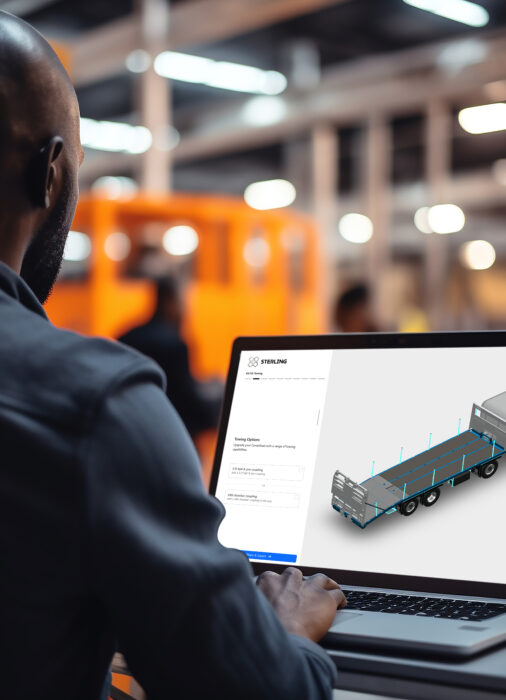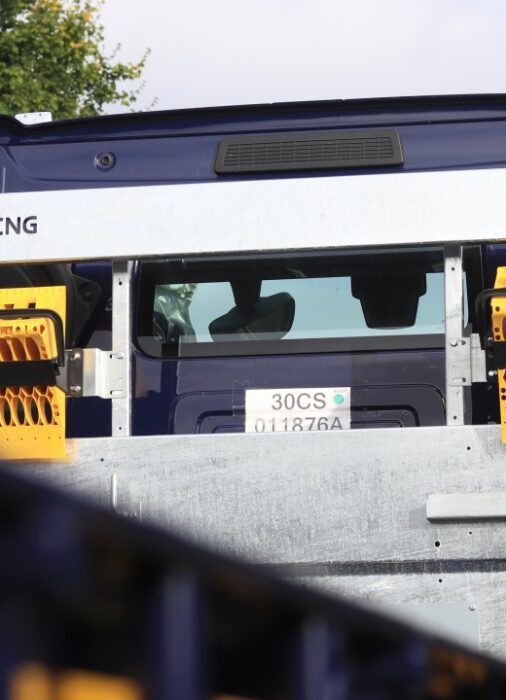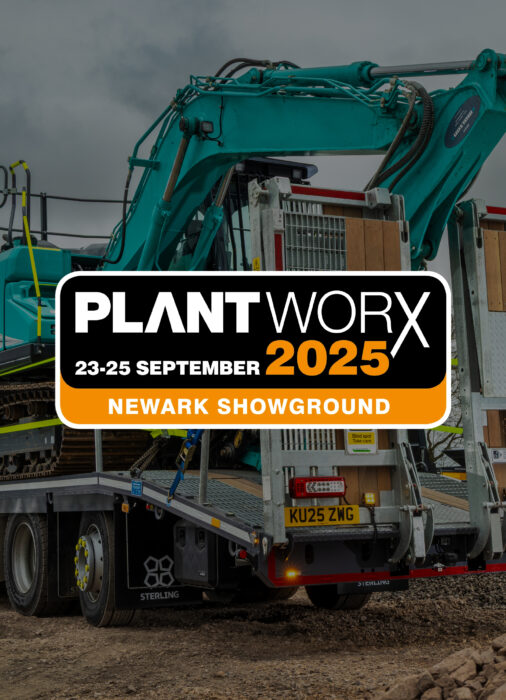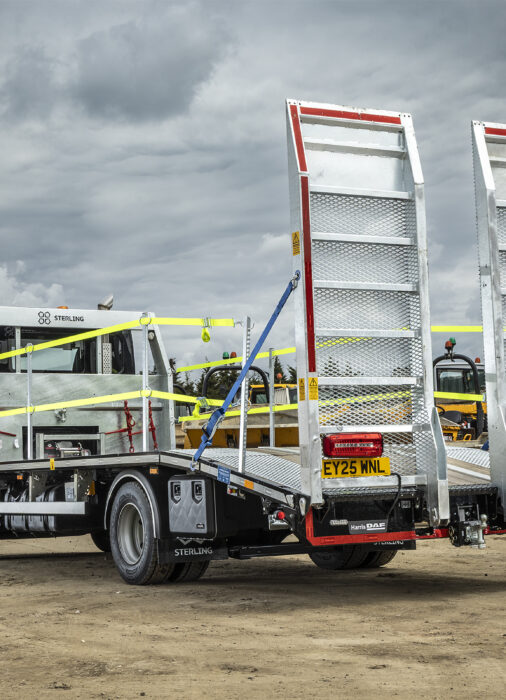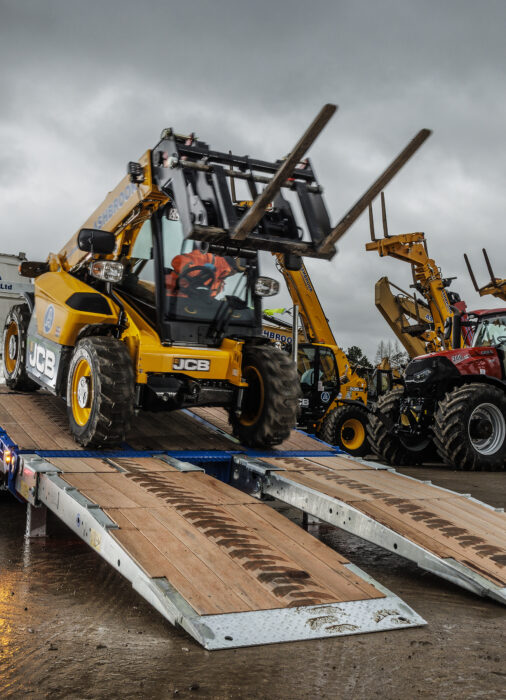Beavertail Truck Safety: Best Practices for Transporting MEWPs
Published on: 17th July 2025
When transporting mobile elevating work platforms (MEWPs), safety is not a luxury – it’s a legal and operational necessity. When operating a beavertail truck, proper planning, communication, and execution are essential to avoid costly accidents and ensure compliance with UK regulations.
According to IPAF (International Powered Access Federation), nearly one-third of MEWP-related incidents reported by rental companies occur during the delivery or collection. This article will guide you through the best practices for safely loading and unloading MEWPs using beavertail trucks and plant bodies, helping your business meet high safety standards while staying efficient on site.
Why Beavertail Trucks Are Ideal for MEWP Transport
A beavertail truck – named for its distinctive sloped rear-provides a low-loading angle ideal for transporting MEWPs, especially when fitted with a ramp and gate configuration and optimal deck surface option, including steel mesh and grating providing unmatched grip for machinery. Likewise, built-to-specification plant bodies on rigid chassis offer stability, space, and flexibility for transporting various equipment types across construction, maintenance, and infrastructure sectors.
The Sterling Easiload plant body has been designed specifically for machinery with low ground clearance, including access platforms and MEWPs.
Key advantages of the Sterling Easiload plant body include:
- One of the shallowest loading angles in the industry, the Sterling Easiload guarantees simple onboarding of machinery, especially those with low ground clearance. This reduced risk of grounding out means fast loading and greater efficiency.
- The intricate design offers maximum lashing points, including central lashing rings, perfect for smaller or awkwardly shaped machinery.
- Optimal deck surface options, including steel mesh and gratings, provide unmatched grip for machinery with smoother tyres and smaller wheels, ensuring safe transportation without slippages.
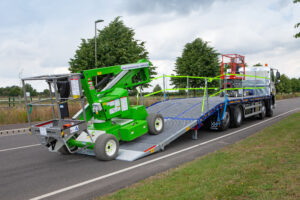
Step-by-Step: Best Practices for Loading and Unloading MEWPs
-
Site Preparation Is Non-Negotiable
Before a beavertail truck even arrives:
- Ensure the load/unload area is level, firm, well-lit, and clear of obstructions.
- Keep it free of pedestrians, traffic, and overhead hazards.
- Avoid roadside loading unless necessary, and refer to relevant public highway guidance if unavoidable.
-
Communication Between All Parties
IPAF stresses the importance of clear communication among:
- The contractor
- The rental company
- The transporter
- The driver
Everyone must understand their roles, from confirming delivery times and site access to designating who will oversee loading and sign off on documentation.
-
Driver Competence Is Critical
Drivers must be:
- Fully trained on MEWP categories and familiar with specific units
- Equipped with IPAF PAL cards or equivalent
- Aware of site-specific PPE and fall protection requirements
A driver operating a beavertail plant body should also be able to inspect equipment and respond to hazards before loading or unloading.
-
Secure the Load with Precision
Once the MEWP is positioned on the truck:
- Use chains, straps, and tensioners rated for the machine’s weight and anchor points
- Confirm slew locks, pins, and safety latches are engaged
- Measure total vehicle height, mark overhangs, and comply with transport regulations
This isn’t just about avoiding fines – securing your load correctly is critical to protecting the public, your machinery, the truck and yourself.
The Importance of Handover and Documentation
Handover doesn’t end when the MEWP is on site or returned – it’s when verification begins:
- Inspect the MEWP for condition, safety markings, and certification
- Confirm the presence of the operator manual and thorough examination
- Document damage, issues, or missing items on delivery or collection
The rental company should review this documentation promptly to ensure nothing is overlooked and any discrepancies are addressed.
The Takeaway: Safety Is a System, Not a Step
Beavertail trucks make MEWP transport easier – but not safer by default. It takes careful coordination, skilled drivers, and a commitment to IPAF standards to reduce risk. Every stage from ordering transport to final sign-off must be managed with safety in mind.
If your business transports MEWPs regularly, ensure your team is trained, your vehicles are compliant, and your fleet is maintained to high standards. When done right, safe MEWP transport isn’t just compliant – it’s efficient, professional, and profitable.
Looking to Upgrade Your Beavertail Truck Fleet or Improve MEWP Delivery Safety?
Contact our team to learn more about Sterling beavertail trucks and the configurable options built for real-world site demands.
Gallery


